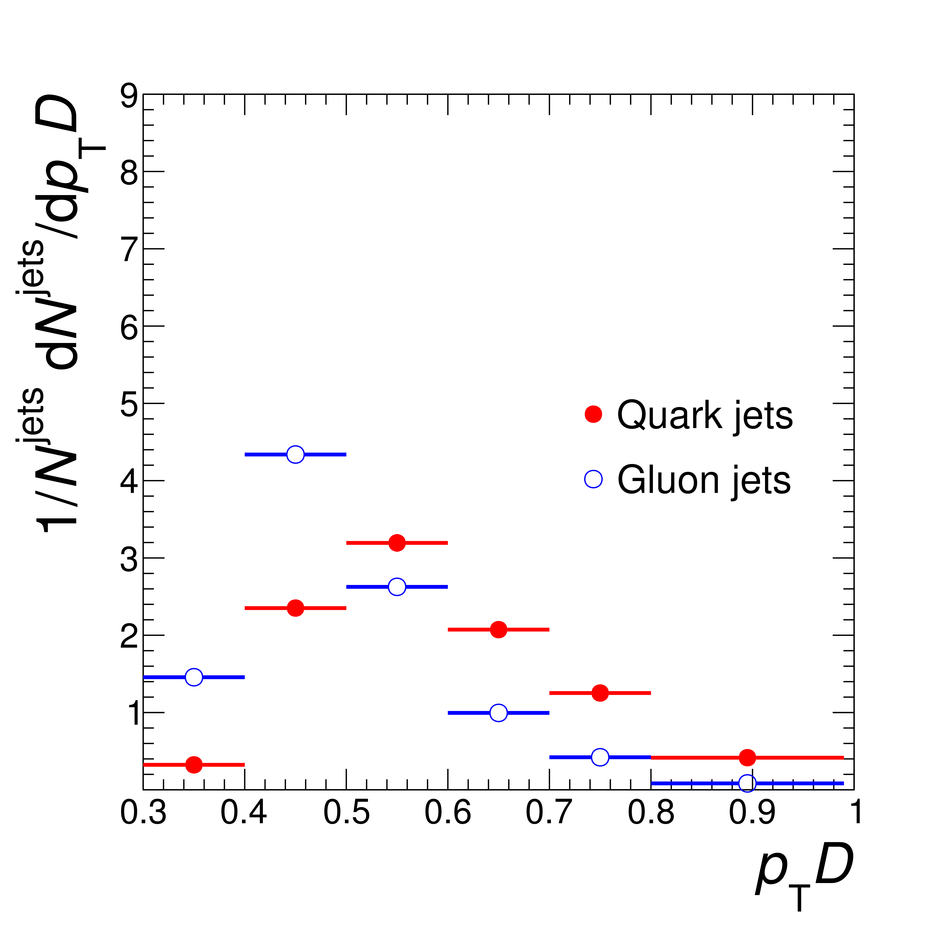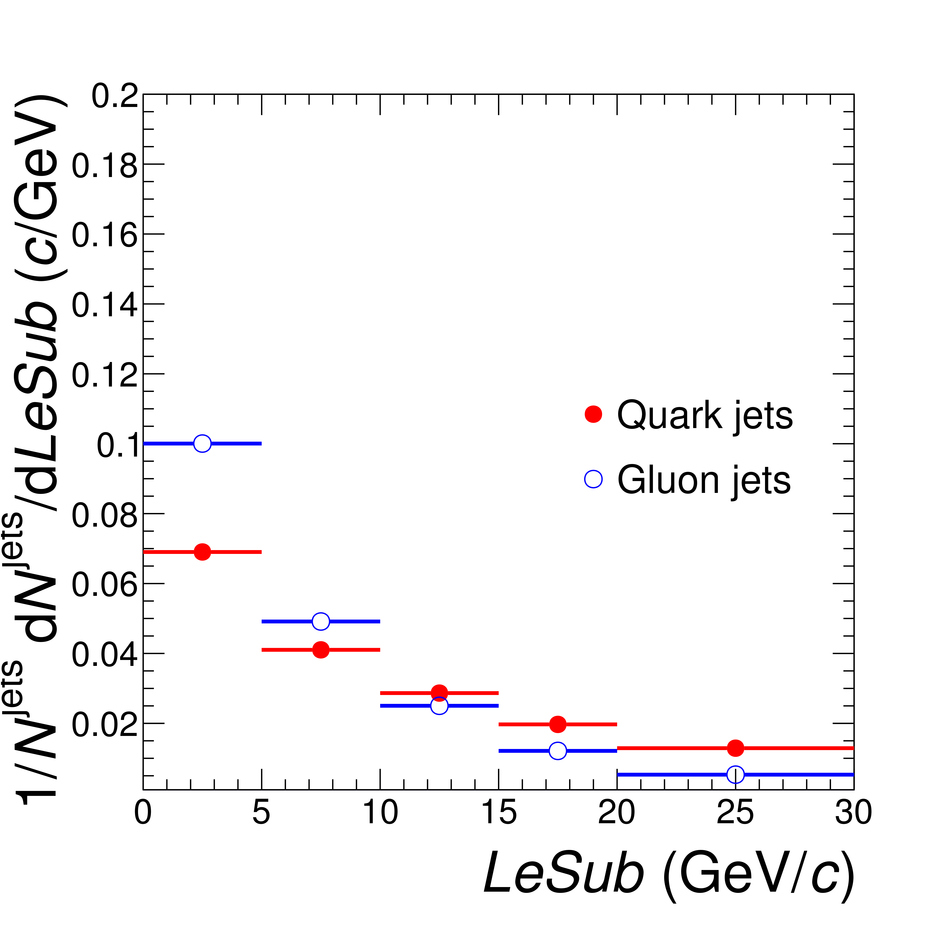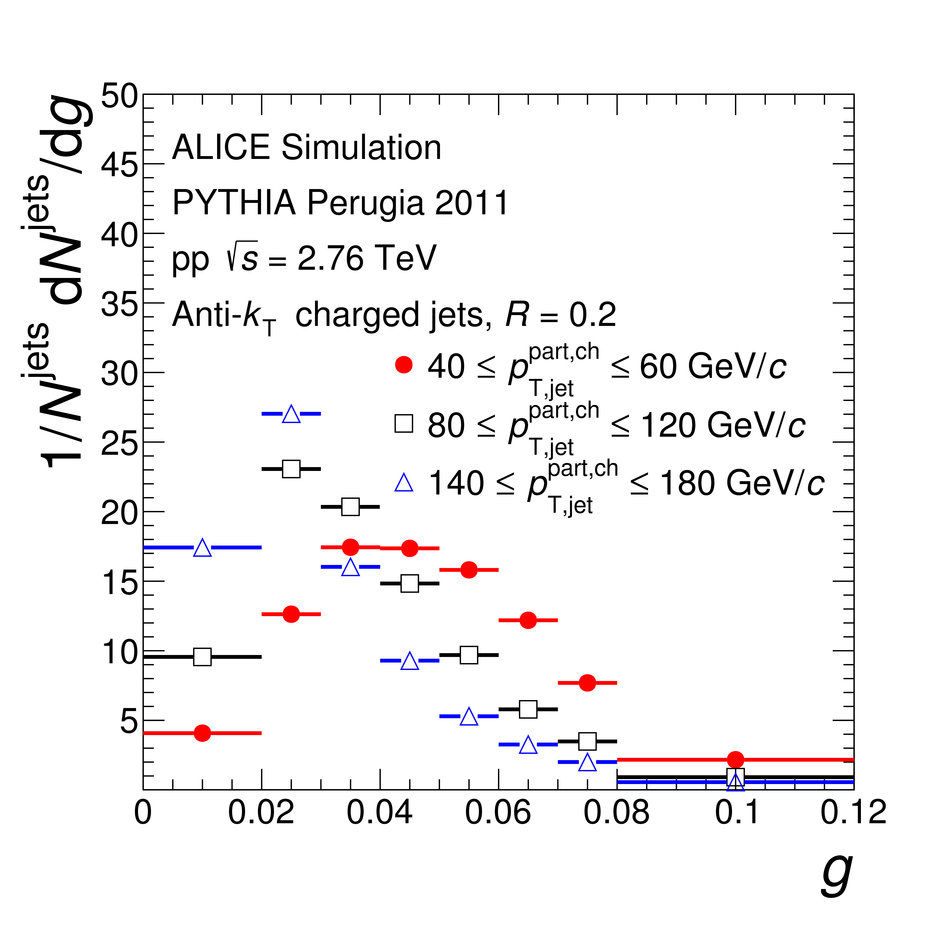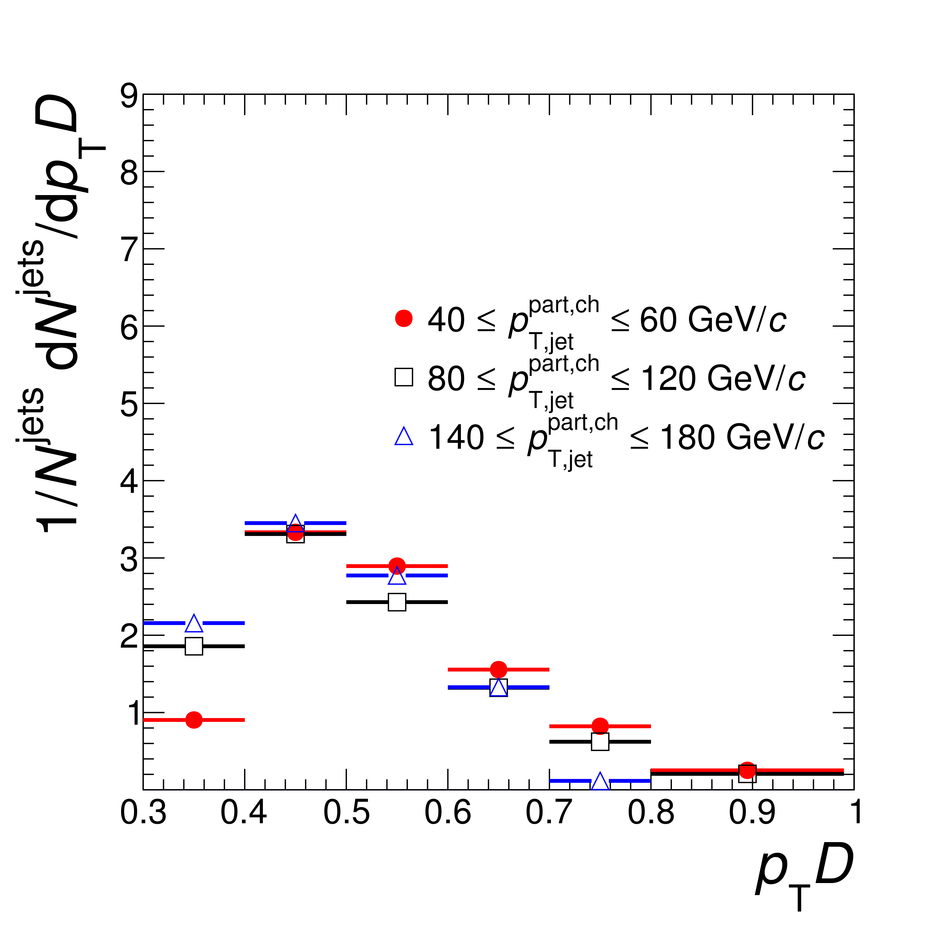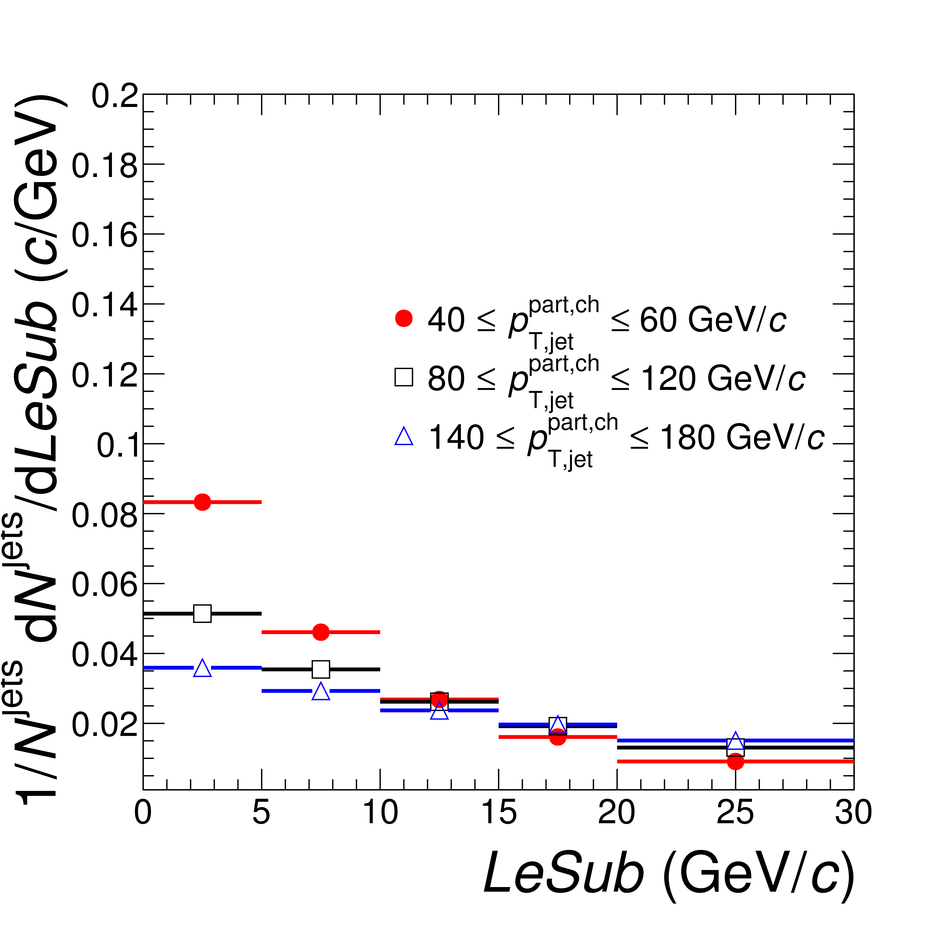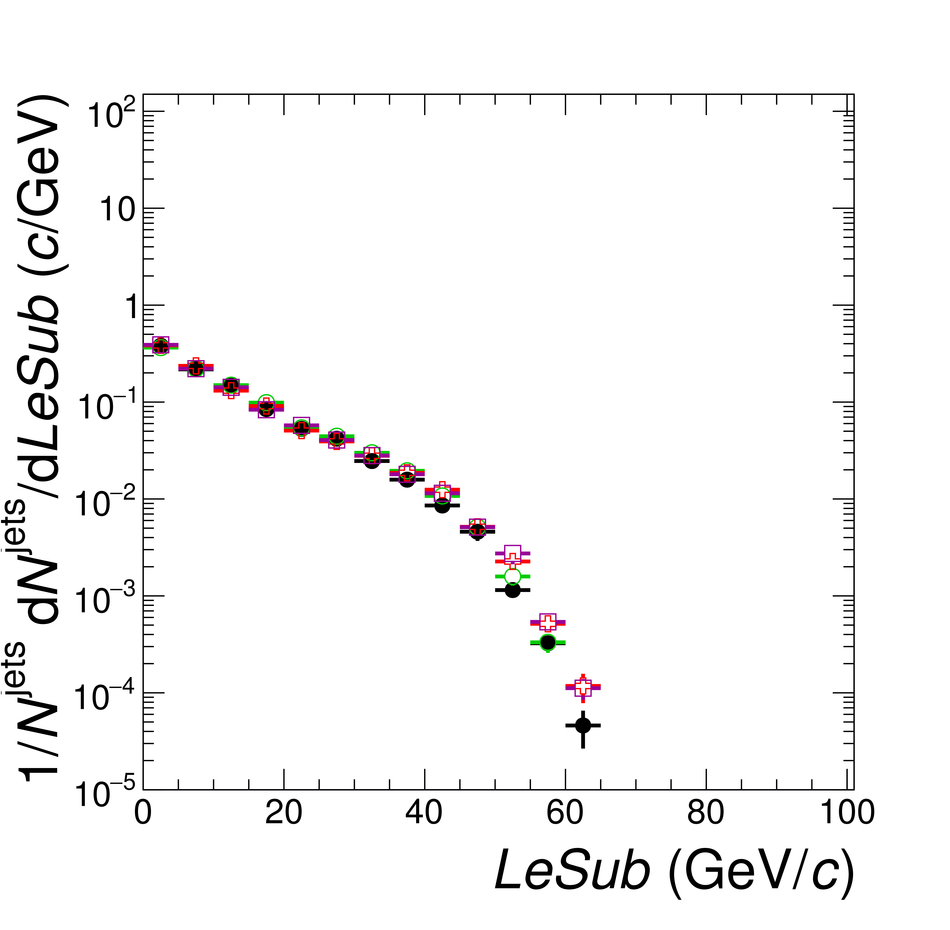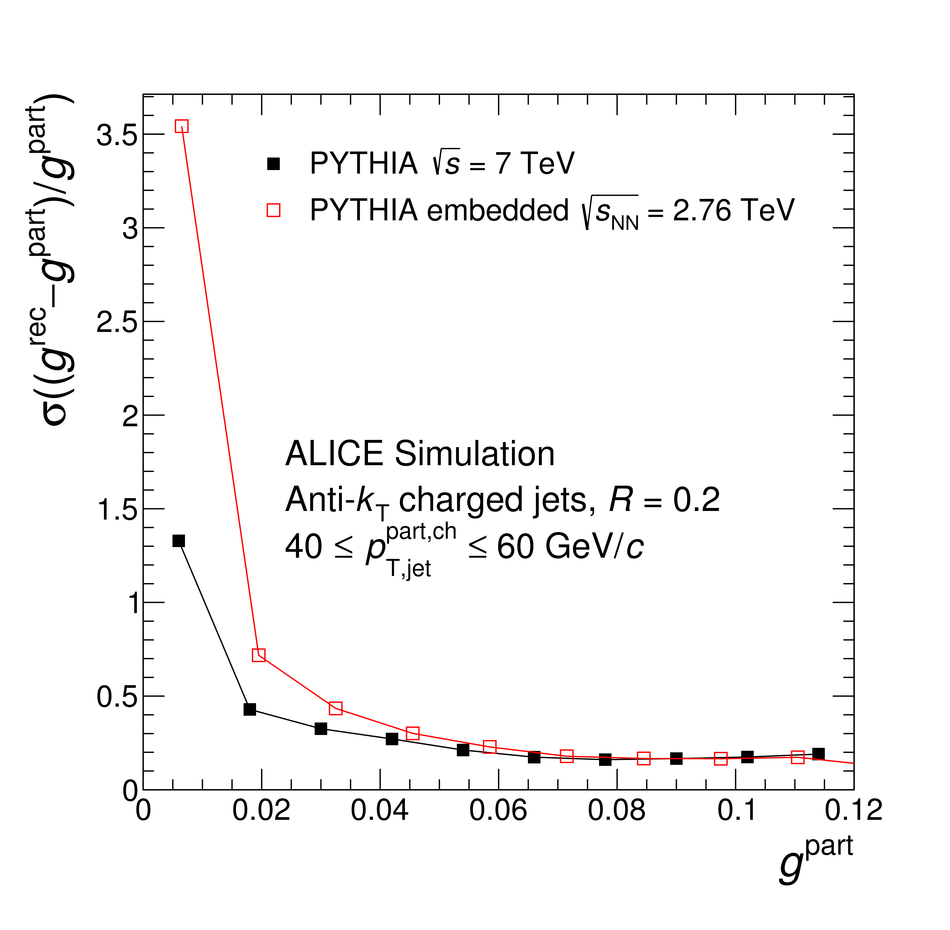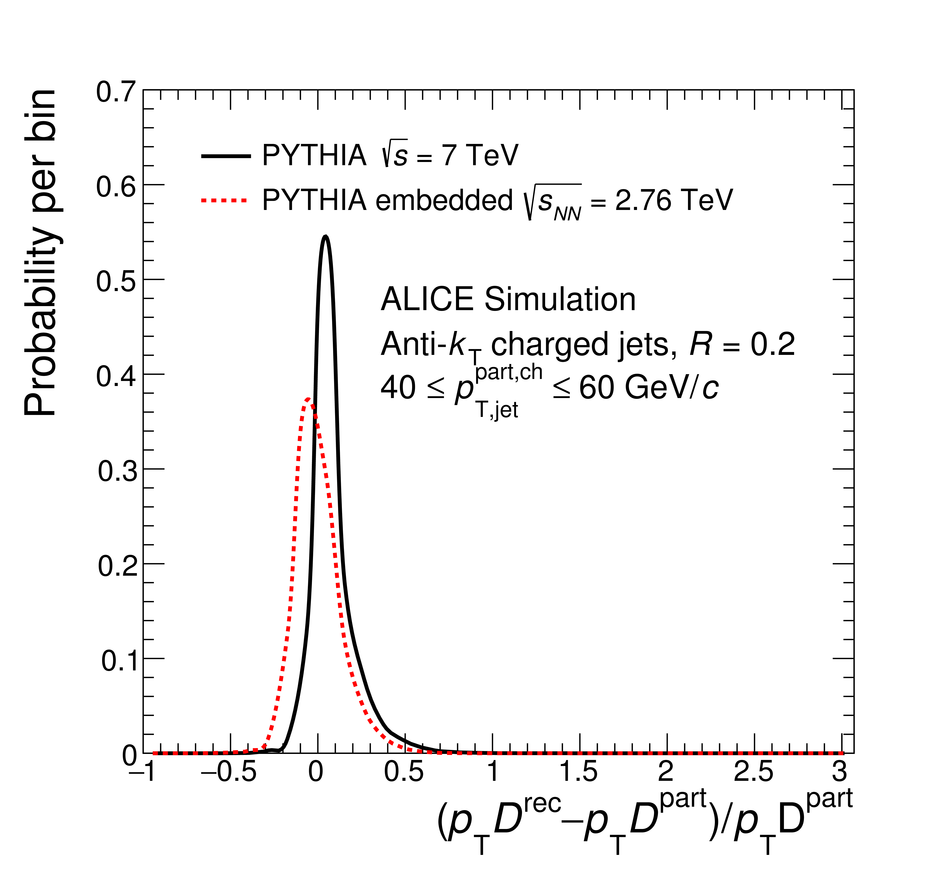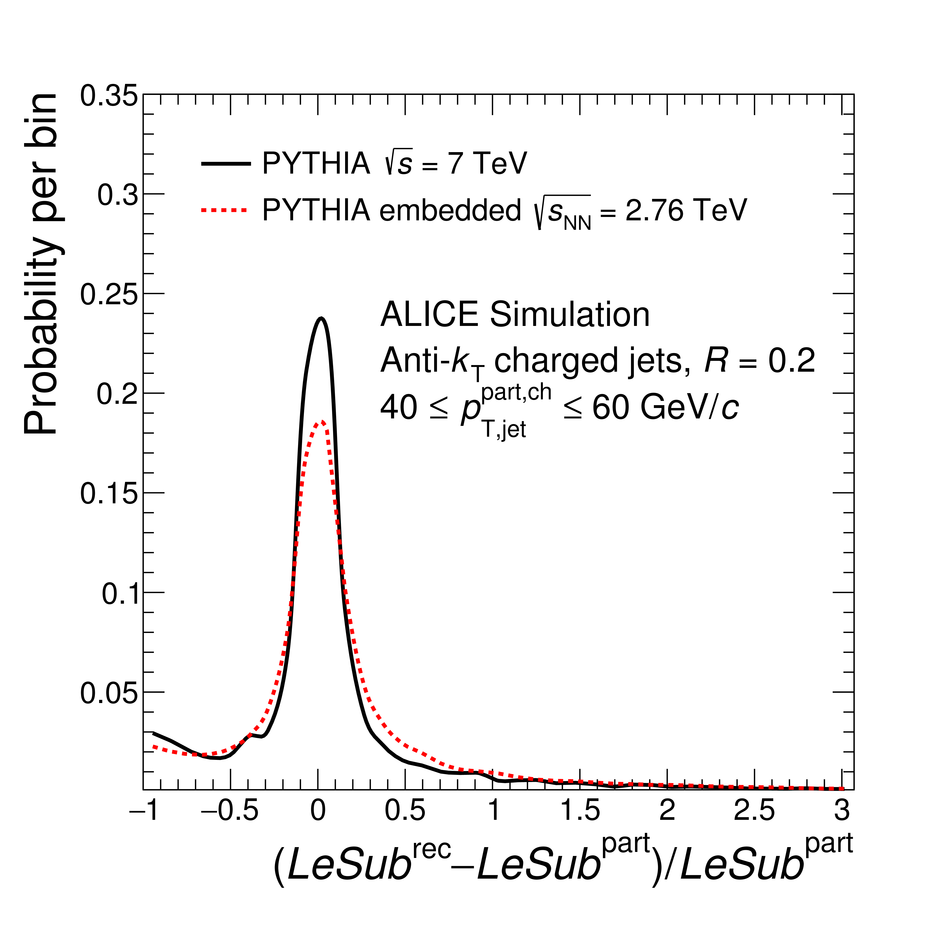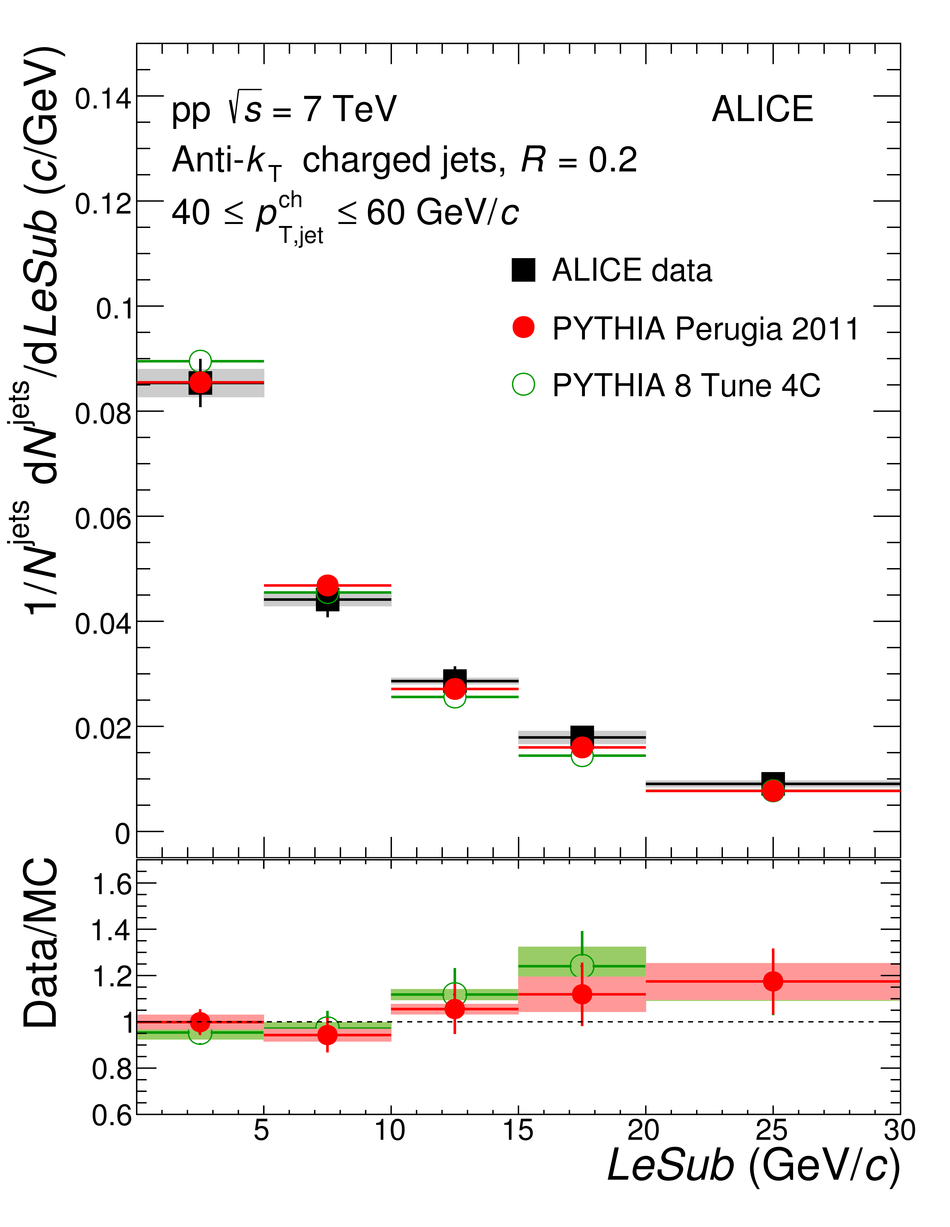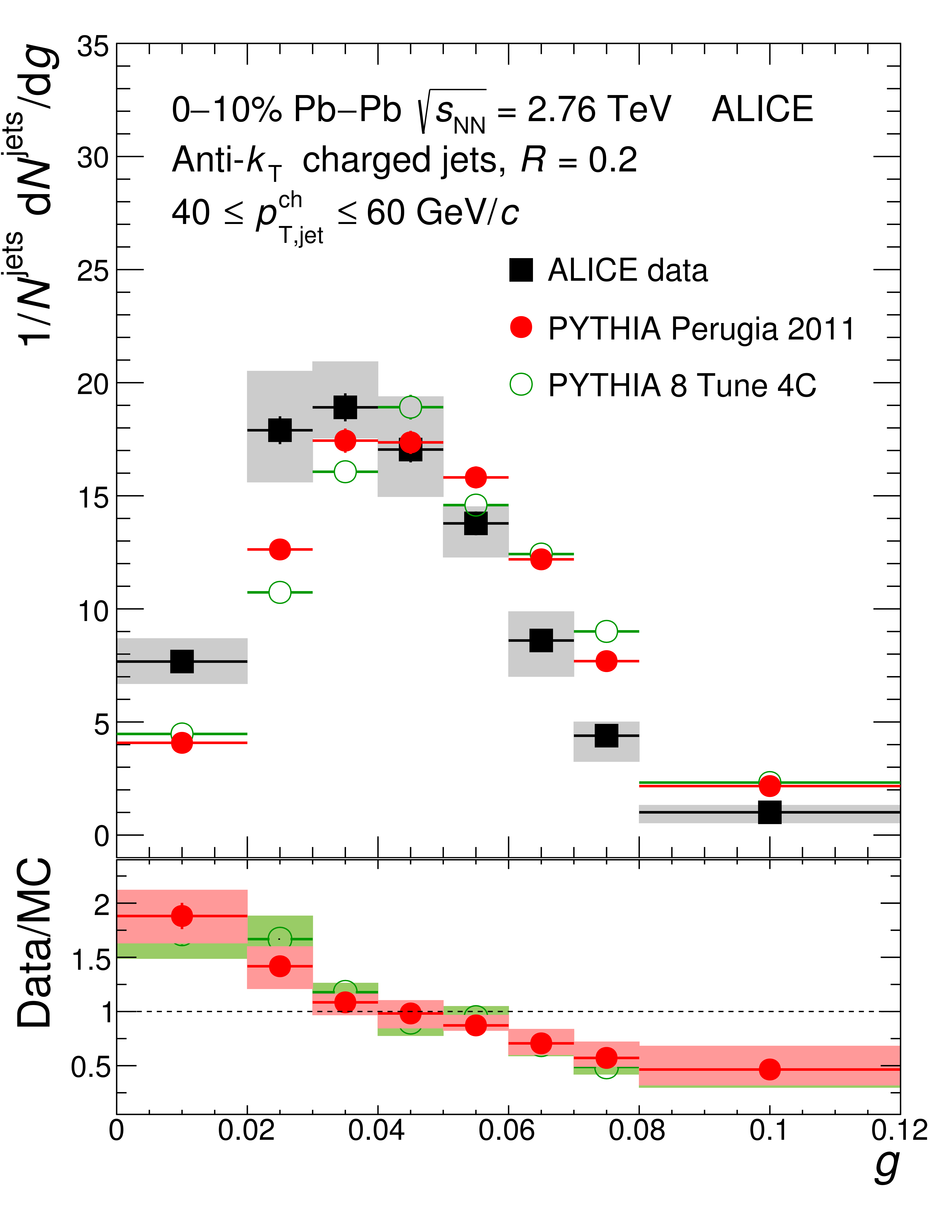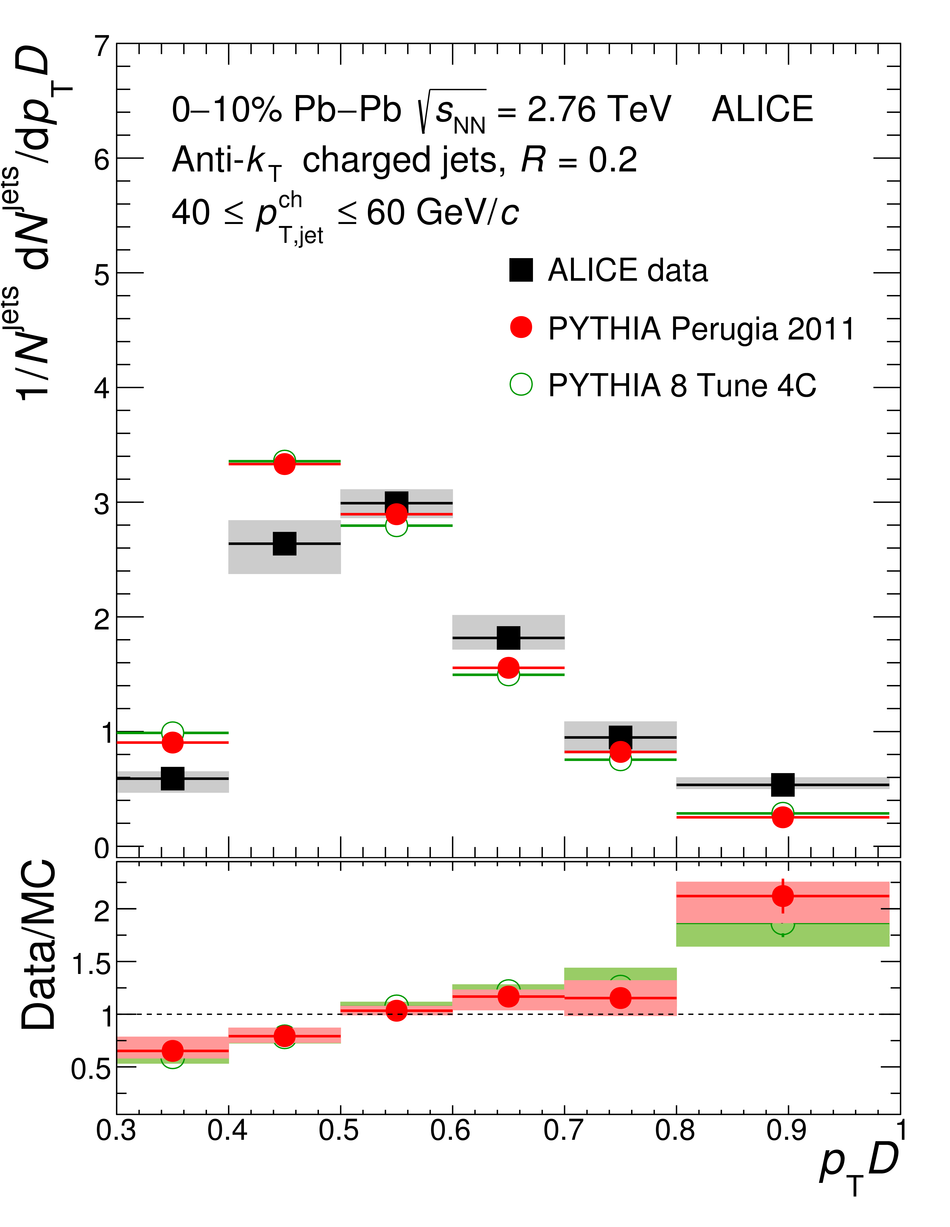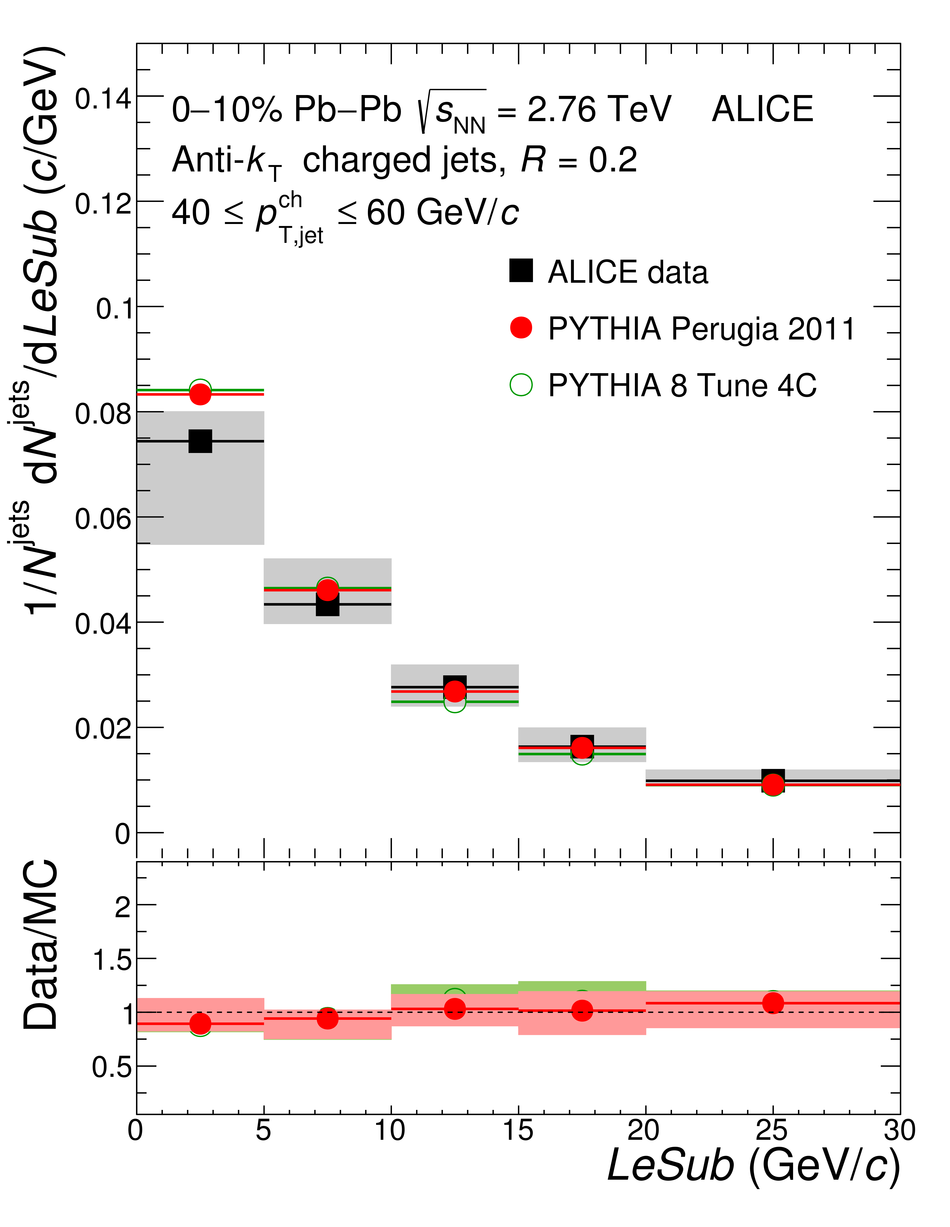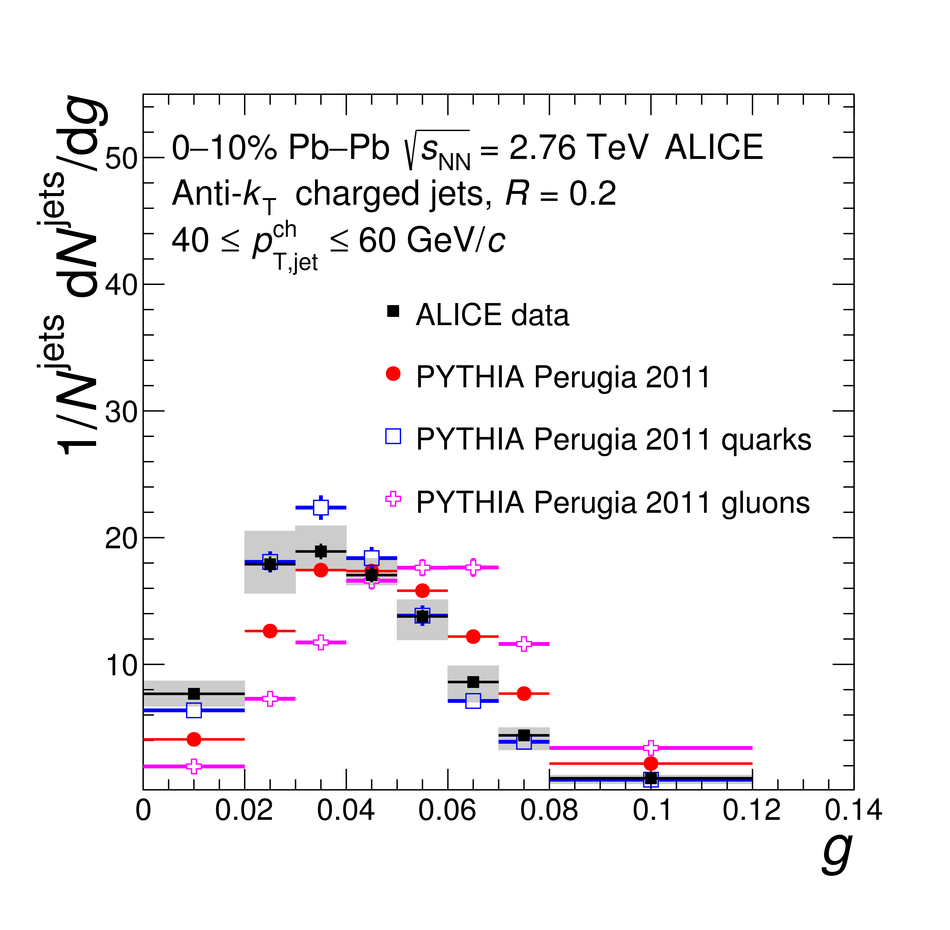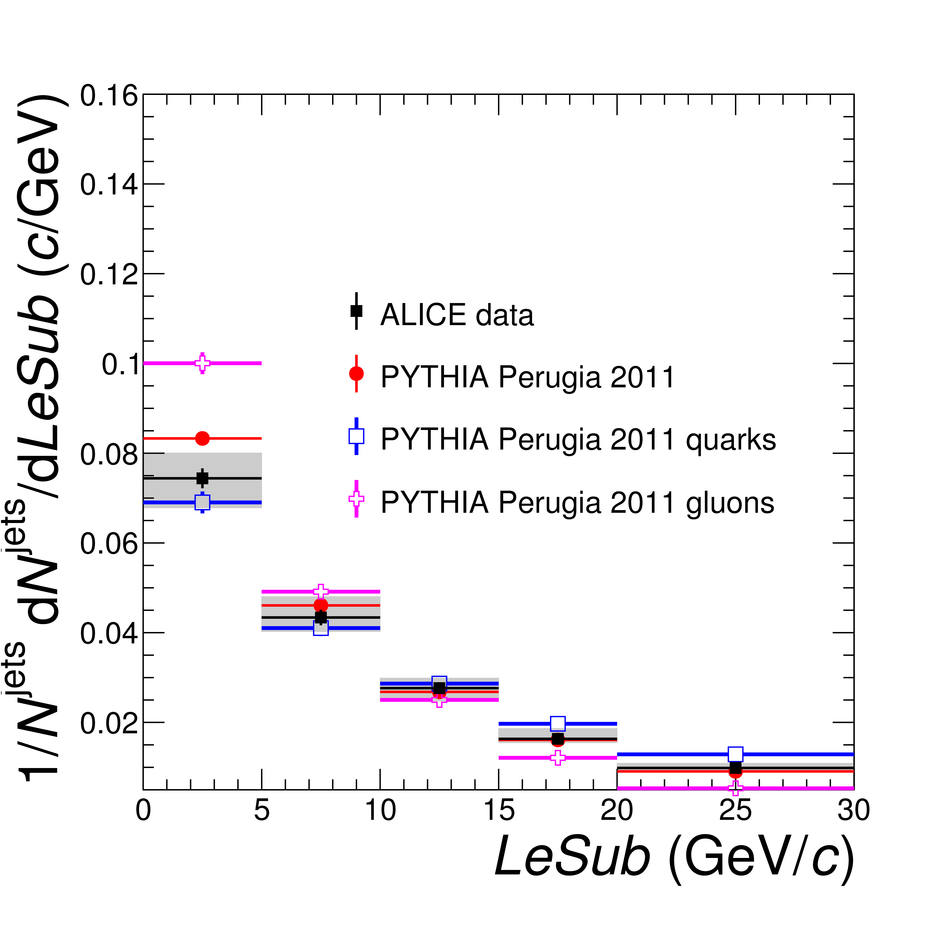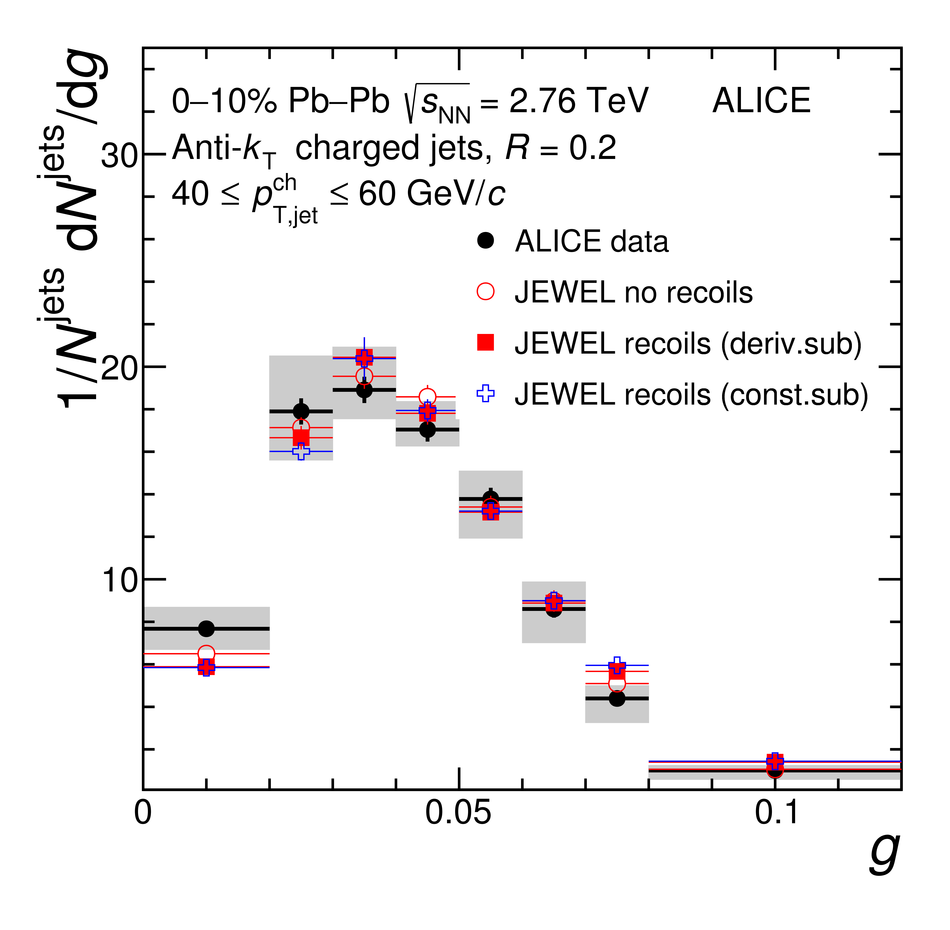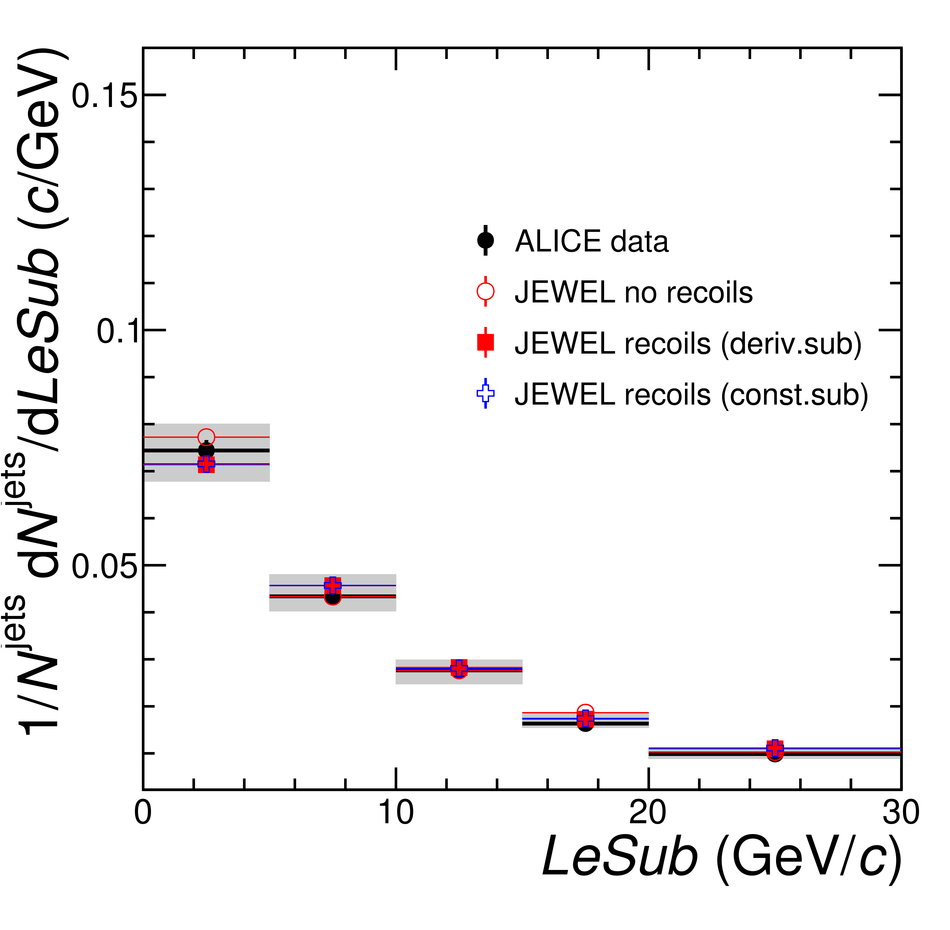We present the measurement of a new set of jet shape observables for track-based jets in central Pb-Pb collisions at $\sqrt{s_{\mathrm{NN}}} = 2.76$ TeV. The set of jet shapes includes the first radial moment or angularity, $g$; the momentum dispersion, $p_{\rm T}D$; and the difference between the leading and sub-leading constituent track transverse momentum, $LeSub$. These observables provide complementary information on the jet fragmentation and can constrain different aspects of the theoretical description of jet-medium interactions. The jet shapes were measured for a small resolution parameter $R = 0.2$ and were fully corrected to particle level. The observed jet shape modifications indicate that in-medium fragmentation is harder and more collimated than vacuum fragmentation as obtained by PYTHIA calculations, which were validated with the measurements of the jet shapes in proton-proton collisions at $\sqrt{s} = 7$ TeV. The comparison of the measured distributions to templates for quark and gluon-initiated jets indicates that in-medium fragmentation resembles that of quark jets in vacuum. We further argue that the observed modifications are not consistent with a totally coherent energy loss picture where the jet loses energy as a single colour charge, suggesting that the medium resolves the jet structure at the angular scales probed by our measurements ($R=0.2$). Furthermore, we observe that small-$R$ jets can help to isolate purely energy loss effects from other effects that contribute to the modifications of the jet shower in medium such as the correlated background or medium response.
JHEP 10 (2018) 139
HEP Data
e-Print: arXiv:1807.06854 | PDF | inSPIRE
CERN-EP-2018-201


